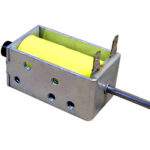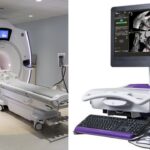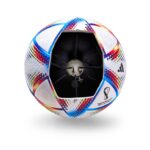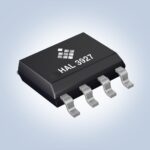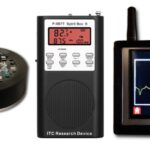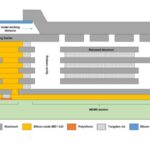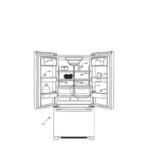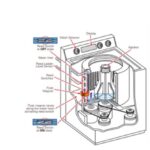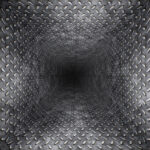Push Type Solenoids from Magnetic Sensor Systems (MSS) include a series of 18 different low-cost open-frame solenoids to select from based on the Voltage, Duty Cycle, Force of up to 96 oz (26.7 N) and stroke requirements of the user. These clean, high-efficiency, low-cost S-18-100-QH Open Frame Push Type Solenoids can be operated at a […]
Magnetic sensor
How is sensor fusion used in medicine?
Sensor fusion is most frequently discussed in smartphone and automotive control applications. However, the fusion aspect was initially created for military analysis. From the analysis standpoint, for improved decision-making, medical applications can and have benefited from sensor fusion. One example is in cancer detection and focused surgery. Specifically, the detection of and surgery for prostate […]
How sensors help you play ball: part 2
A FIFA-compliant match ball from Adidas has a TDK InvenSense 6-axis MotionTracking device and other electronics mounted in the center of the ball. As shown in Figure 1, the Adidas patented suspension system stabilizes the electronics module. Instead of having the sensing/communication module mounted on the surface of the ball near the inflator valve, the […]
Magnetic-field position sensor measures in three axes
TDK Corporation announces the portfolio expansion of its Micronas direct-angle Hall-effect sensor family with the new HAL 3927* sensor for automotive and industrial applications. HAL 3927 features a linear, ratiometric analog output with integrated wire-break detection as well as an SAE J2716 compliant SENT interface according to rev. 4. Samples are already available. The start of production […]
How does sensing help in paranormal research?
Paranormal does not usually imply a scientifically sound phenomenon. However, when science is used to verify the observation, the situation changes. This is where a variety of sensors come into play. After all, it is called extra sensory perception (ESP). In the United States, a push in the scientific community to empirically study paranormal experiences […]
TMR magnetic sensor offers SNR with detectivity at ~ 5μT
Crocus Technology unveils the CT40x, a new industry standard for current sensing solutions that enables an outstanding balance of performance and cost without compromise. The CT40x revolutionizes current sensing in today’s dynamic and demanding environments with unparalleled performance and exceptional accuracy addressing all contact and contactless current sensing applications. The CT40x is engineered to provide […]
Has integrated sensor and circuitry reached a new milestone?
Since the earliest days of microelectromechanical systems (MEMS) sensor products, the goal of easily combining the sensing structures made using MEMS processing with the required signal conditioning has driven many sensor R&D labs. If successful, the solution would make the resulting devices more useful in a broader range of applications. In the 1980s, the circuitry […]
How do sensors improve home appliances? Part 2
Part 1 of this blog discussed sensors in the laundry room in washing machines and dryers. In the kitchen, similar to the laundry room, basic functions can be designed in using established sensing techniques. In the typical home, the refrigerator is the second-largest consumer of electricity (13.7%), with the air conditioner being number one. So, […]
How do sensors improve home appliances? Part 1
Today’s home appliances are increasingly connected for remote monitoring and control and smarter due, in part, to numerous sensors. The sensors help even lower-end appliances implement their basic functions and, more importantly, enable smarter, top-end appliances. While sensors provide these capabilities for several home appliances, this two-part series will describe sensing functions for large appliances […]
How can sensors protect a diamond center vault?
In Belgium’s’ Antwerp Diamond District, eighty percent of the world’s rough diamonds passed through a three-square-block area. The Diamond Squad, the world’s only specialized diamond police, provided 24-hour police surveillance and 63 video cameras monitored the district. In this area, the Antwerp Diamond Center vault was thought to be impenetrable. In addition to having a […]

